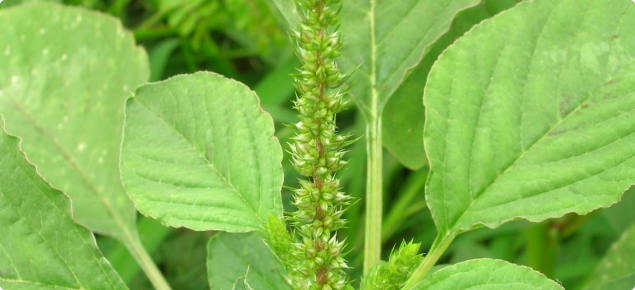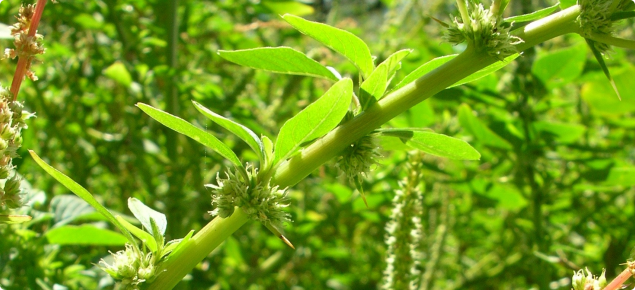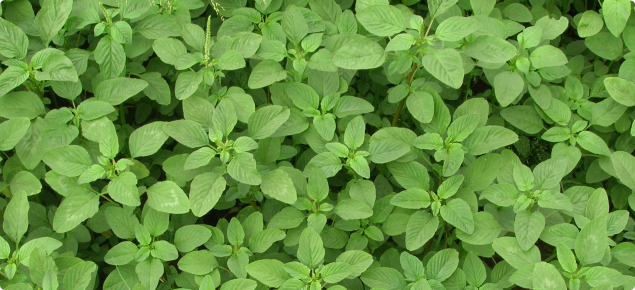Report the presence of this pest before undertaking control
Information about this pest can be found on the needle burr: declared pest page.
Chemical requirements
When using any agricultural chemicals please ensure that you always follow instructions on the label and any permit. Users of agricultural chemical products must always strictly comply with the directions on the label and the conditions of any permit. To view permits or product labels go to the Australian Pesticides and Veterinary Medicines Authority website.
Control options
Chemical control options can be found below. For other methods of control please refer to the aquatic weed control page, and the declared plant control handbook.
Chemical control options
| Recommended herbicides | To prevent germination:
Post emergent:
|
|---|
| Metolachlor + Atrazine (various trade names: see APVMA link) | |
|---|---|
| Active ingredient | 720g/L metolachlor (Group K) + 500g/L atrazine (Group C) |
| Amount of product/10L water | 25mL metolachlor + 25mL atrazine |
| Rate of product/ha | 2.4L/ha metolachlor + 2.5L/ha atrazine |
| Time of application | Apply to bare ground before any emergence has occurred |
| Remarks | Moisture is required to wet the top 3-4cm of soil. If this is not available, incorporate the chemicals to 3-5cm depth |
| More information | Trifluralin 2.1-2.8L/ha + simazine 3-4L/ha was used under a minor use permit from Queensland and New South Wales for pre-emergence control |
| 2,4-D (Group I) as the dimethylamine salt (various trade names: see APVMA link) | |
|---|---|
| Active ingredient |
|
| Amount of product/10L water | 50mL |
| Rate of product/ha |
|
| Wetting agent dilution | BS-1000 @ 1mL/L |
| Time of application | Apply from seedling to just prior to flowering in non legume pastures. Maximum rate is:
|



